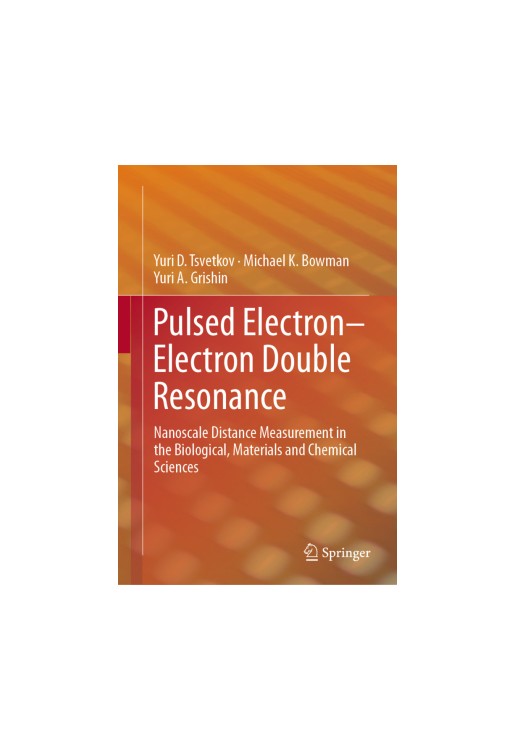This book covers the basic theory and techniques, as well as various applications of pulsed electron-electron double resonance (PELDOR or DEER). This electron paramagnetic resonance technique is able to measure the distances and the distribution of distances between electron spins in the 1.5-15 nanometer scale; to determine the geometry of spin-labeled molecules; to estimate the number of interacting spins in spin clusters; and to characterize the spatial distribution of paramagnetic centers. As a result, PELDOR is now a popular method in EPR spectroscopy, particularly in the context of biologically important systems and soft matter and is also applied to problems in physical chemistry, biochemistry, polymers, soft matter and materials. Enabling readers to gain an understanding of the fundamentals of the PELDOR methods and an appreciation of the opportunities PELDOR provides, the book helps readers solve their own physical and biochemical problems.
Introduction.- PELDOR pulse sequence and vector model.- PELDOR theoretical background.- Reconstructing the distance distribution function.- Orientation selection in PELDOR.- Spectral overlap.- PELDOR with finite mw pulse duration.-Summary.




